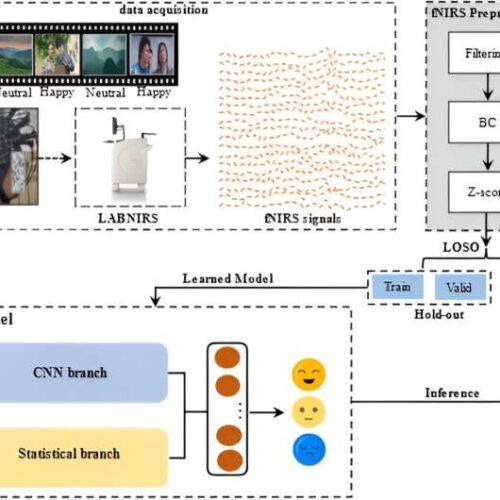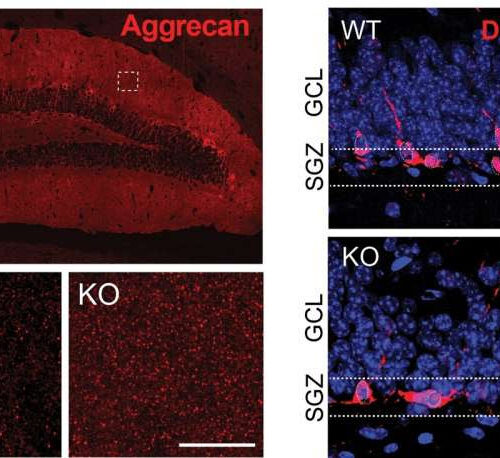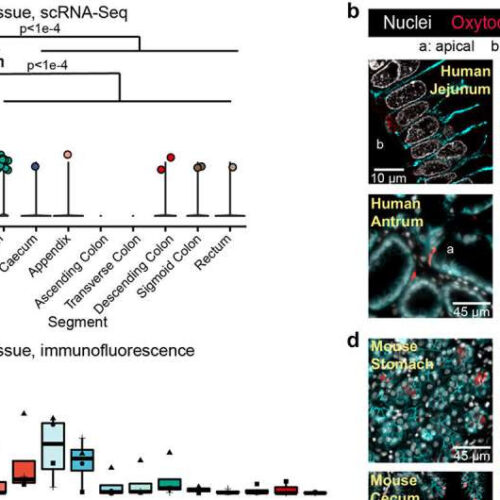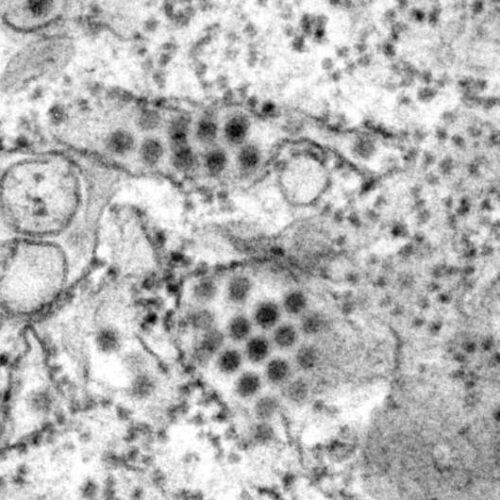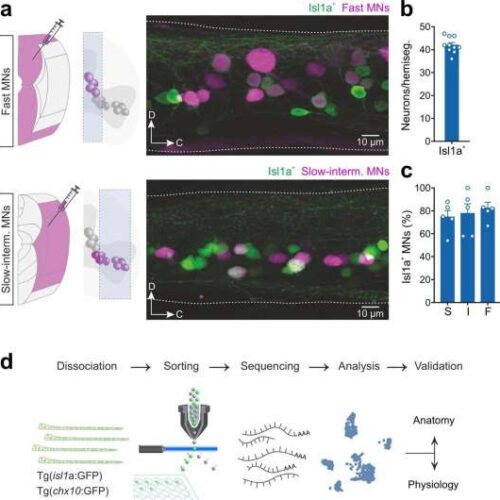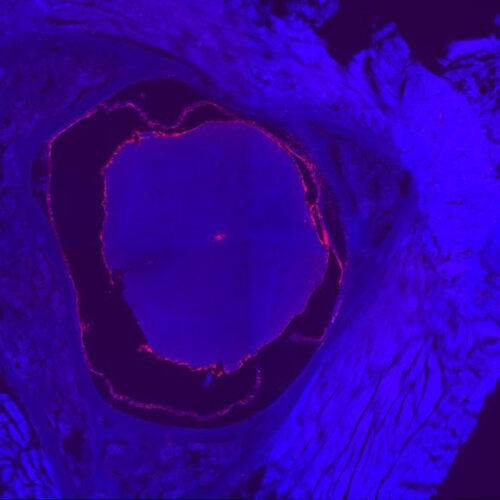by Beijing Institute of Technology Press Co. Cross-subject emotion recognition framework based on fNIRS, including data collection, data partitioning, model training and evaluation. Credit: Cyborg and Bionic Systems Emotion recognition based on neural signals is leading the revolution of affective science. By analyzing brain activity, we can glimpse the secrets of the human inner world....
Author: admin
Researchers detail mechanism of a key protein implicated in age-related brain dysfunction
by The Mount Sinai Hospital Accumulation of extracellular matrix content in brain of TIMP2-deficient “KO” mice (left column) that leads to impaired plasticity processes, including the migration of adult-born neurons (right column). Credit: Mount Sinai Health System Mount Sinai researchers have shed valuable light on the mechanism of a key protein that regulates the plasticity and...
Research connecting gut bacteria and oxytocin provides a new mechanism for microbiome-promoted health benefits
by Baylor College of Medicine Oxytocin expression and production in the epithelium of the human and mouse gastrointestinal tract. a) log normalized counts of oxytocin expression in human intestinal epithelial cells reported by the scRNA-Seq data from the Gut Cell Atlas.Citation32 Significance values reflect the number of rarefactions (of 10,000) in which the comparison had a...
International study reaches consensus in how to measure improvement in long COVID
by King’s College London Credit: Unsplash/CC0 Public Domain Researchers have reached an agreement on how best to measure the severity and impact of long COVID by identifying a “Core Outcome Measure Set” (COMS). The research, published in The Lancet Respiratory Medicine, is co-led by the Institute of Psychiatry, Psychology & Neuroscience (IoPPN) at King’s College London...
Human insulin less temperature-sensitive than previously thought
by Cochrane Credit: Unsplash/CC0 Public Domain A new article published in the Cochrane Database of Systematic Reviews has found that insulin can be kept at room temperature for months without losing potency, offering hope to people living with diabetes in regions with limited access to health care or stable powered refrigeration. This affects millions of...
California officials confirm 2 cases of dengue, a mosquito-borne illness rarely transmitted in US
This transmission electron microscopic (TEM) image depicts a number of round, Dengue virus particles that were revealed in this tissue specimen. Credit: CDC/ Frederick Murphy Two people in Southern California have come down with dengue fever without traveling outside the United States, where the mosquito-borne illness is rare, health officials said. A Pasadena resident was...
FDA approves Wezlana for multiple inflammatory diseases
by Lori Solomon The U.S. Food and Drug Administration has approved Amgen’s Wezlana (ustekinumab-auub) as a biosimilar to and interchangeable with Stelara (ustekinumab) for multiple inflammatory diseases. The approval includes indications for adults with moderate-to-severe plaque psoriasis who are candidates for phototherapy or systemic therapy, active psoriatic arthritis, moderately to severely active Crohn disease, and...
Study provides molecular blueprint of spinal circuits governing locomotor speed
by Karolinska Institutet Single-cell RNAseq of GFP+ neurons in isl1a:GFP and chx10:GFP transgenic lines. Credit: Nature Neuroscience (2023). DOI: 10.1038/s41593-023-01479-1 Researchers at Karolinska Institutet, Sweden have uncovered the molecular logic underpinning the assembly of spinal circuits that control the speed of locomotion in adult zebrafish. The study has been published in Nature Neuroscience. A fundamental hallmark...
Nanoparticles Deliver Treatment Directly to Tumors of Deadly Brain Cancer
November 01, 2023 by William Weir Using nanoparticles administered directly into the cerebrospinal fluid (CSF), a research team has developed a treatment that may overcome significant challenges in treating a particularly deadly brain cancer. The researchers, led by professors Mark Saltzman, PhD, and Ranjit Bindra, MD, PhD, administered to mice with medulloblastoma a treatment that...
Beyond Semaglutide, a Coming Pipeline of New Antiobesity Meds
Marlene Busko October 31, 2023 With nutrient-stimulated hormone therapies for obesity in phase 3 trials, and activin-receptor inhibitors the next upcoming drug class, highly effective treatments for obesity are on the horizon. “We are at a watershed [moment] brought on by the recent introduction of highly effective antiobesity medications,” said Ania M. Jastreboff, MD, PhD, in a...

